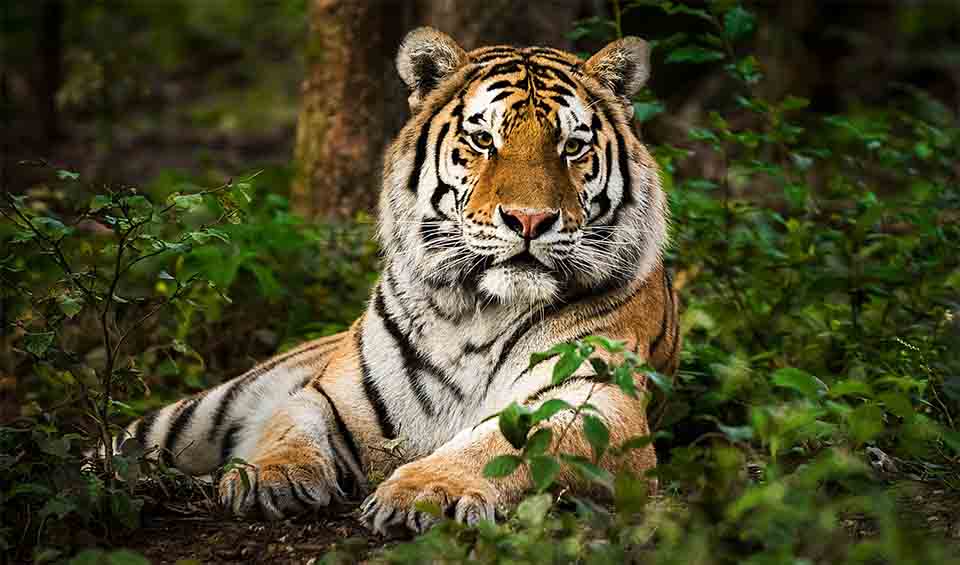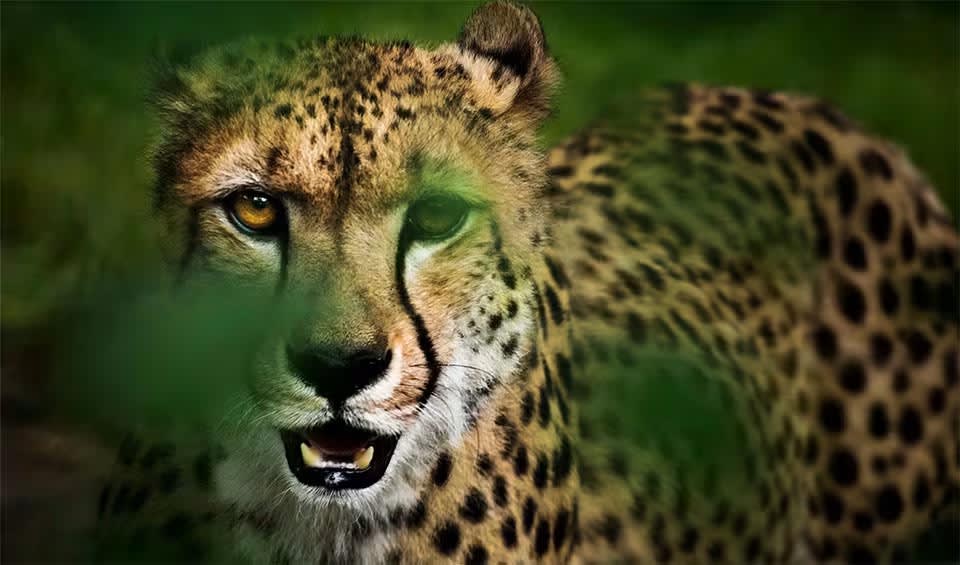One of North America’s rarest and most distinctive mammals that can be found only on Vancouver Island in British Columbia, Canada. What makes this marmot especially unique is its rich, chocolate-brown fur, which contrasts with white patches on its nose, chest, and sometimes forehead—giving it a striking look compared to other marmot species that are typically gray or yellowish-brown. Its rounded face, small ears, and stout body give it an almost teddy bear-like appearance, making it a favorite among wildlife enthusiasts.
One of the most fascinating characteristics of this marmot is its deep connection to the mountainous landscape it calls home. It lives only in alpine and subalpine meadows, where it digs burrows on steep, grassy slopes surrounded by forests. The Vancouver Island marmot hibernates for up to seven months a year, spending much of the long, harsh winter underground to conserve energy. In the short summer season, it emerges to feed on a wide variety of plants, from grasses and flowers to roots and herbs. These marmots are also highly social, living in small colonies where they communicate with each other using a series of loud, whistling calls that help alert the group to potential dangers like eagles or wolves.
What truly makes the Vancouver Island marmot remarkable, however, is its story of survival and conservation. At one point, its population dropped to fewer than 30 individuals in the wild, making it critically endangered. Thanks to the efforts of conservation groups, captive breeding programs, and habitat restoration, the population has slowly started to recover. Yet, it remains one of the most endangered mammals in Canada.
Distribution
 Canada
Canada Official estimate
Official estimate
Anything we've missed?
Help us improve this page by suggesting edits. Glory never dies!
Suggest an editGet to know me
Terrestrial / Aquatic
Altricial / Precocial
Polygamous / Monogamous
Dimorphic (size) / Monomorphic
Active: Diurnal / Nocturnal
Social behavior: Solitary / Pack / Colony
Diet: Carnivore / Herbivore / Omnivore / Piscivorous / Insectivore
Migratory: Yes / No
Domesticated: Yes / No
Dangerous: Yes / No




